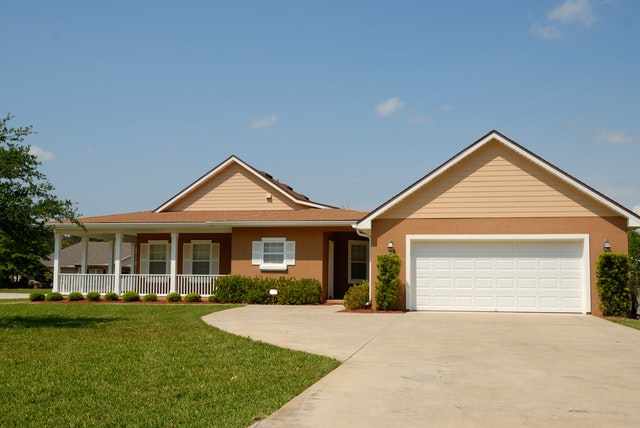The sun, our planet’s primary source of light and warmth, plays a crucial role in our daily lives. However, while we enjoy its many benefits, the sun also poses significant challenges to the exteriors of our homes. Understanding these effects is vital for maintaining the integrity and aesthetics of your property. Let’s explore how the sun impacts various aspects of your home’s exterior and what you can do to mitigate potential damage.
1. Fading Paint and Siding
One of the most noticeable effects of prolonged sun exposure is the fading of your home’s paint and siding. Ultraviolet (UV) rays break down the chemical bonds in paint and siding materials, causing them to lose their color and vibrancy. This process, known as photodegradation, can lead to a dull, washed-out appearance over time.
Prevention Tips:
- Opt for UV-resistant paint and siding materials.
- Regularly clean and repaint your home to maintain its appearance.
- Consider applying a protective sealant to prolong the lifespan of your paint job.
2. Warping and Cracking
The sun’s heat can cause materials such as wood, vinyl, and even some metals to expand and contract. This constant fluctuation can lead to warping, cracking, and other forms of structural damage. Wood, in particular, is susceptible to drying out and splitting under intense sunlight.
Prevention Tips:
- Use materials designed to withstand thermal expansion and contraction.
- Treat wooden surfaces with protective finishes or stains.
- Ensure proper installation to allow for material movement without causing damage.
3. Roof Damage
Your roof bears the brunt of the sun’s rays, especially during hot summer months. Over time, UV exposure can degrade roofing materials, causing them to become brittle and less effective at protecting your home from the elements. Shingles may crack, curl, or lose their granules, leading to potential leaks and water damage.
Prevention Tips:
- Choose high-quality, UV-resistant roofing materials.
- Schedule regular roof inspections to identify and address damage early.
- Consider installing a reflective roof coating to reduce heat absorption.
4. Fading and Deterioration of Outdoor Furniture
Outdoor furniture, while designed to withstand the elements, is not immune to sun damage. Fabrics can fade, and plastic or wooden furniture can become brittle and break over time. Cushions and pillows are particularly vulnerable to UV rays, often losing their color and comfort.
Prevention Tips:
- Invest in UV-resistant outdoor furniture and fabrics.
- Use protective covers when furniture is not in use.
- Store furniture indoors during extreme weather conditions or when not in use for extended periods.
5. Landscaping Challenges
The sun’s impact extends beyond the physical structure of your home to your landscaping as well. Plants can suffer from excessive sun exposure, leading to scorched leaves, wilting, and stunted growth. Lawns may develop dry, brown patches, and soil can become overly dry and compacted.
Prevention Tips:
- Choose drought-resistant plants and grasses for your landscape.
- Implement a regular watering schedule to keep plants and lawns hydrated.
- Use mulch to retain soil moisture and protect plant roots from extreme heat.
Conclusion
While the sun is an essential element of our environment, its impact on our homes can be significant. By understanding these effects and taking proactive measures, you can protect your home’s exterior and ensure it remains beautiful and functional for years to come. Regular maintenance, quality materials, and a bit of foresight can go a long way in mitigating the sun’s potential damage. Whether it’s your paint, roof, furniture, or landscaping, taking steps to shield your home from the sun’s harsh rays is a wise investment in your property’s longevity and curb appeal.


